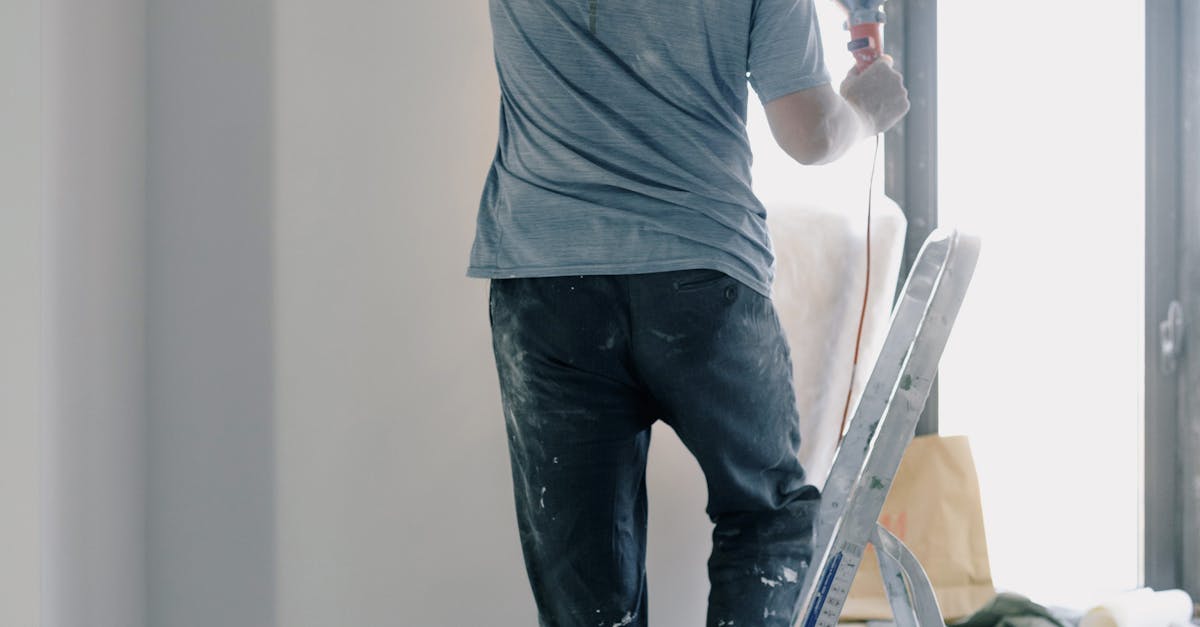
What is the importance of vapor control in passive house construction?
Vapor control is crucial in passive house construction to prevent moisture issues and maintain a healthy indoor environment. How can proper insulation benefit a passive house?Sustainable materials like recycled denim, sheep's wool, and cellulose insulation are environmentally friendly options for insulation in passive houses.
Table Of Contents
Benefits of Eliminating Thermal Bridges in Passive Houses
Energy Savings and Comfort Improvements
Thermal Bridge Calculation Methods
Conducting Thermal Performance Assessments
Compliance with Passive House Standards
ular maintenance is crucial for the smooth operation of MVHR systems in passive houses. Engaging professional maintenance services ensures that the system functions efficiently and effectively, providing optimal indoor air quality and comfort for occupants. Professional maintenance services typically include detailed inspections, cleaning of filters and ductwork, as well as testing and calibration of components to ensure that the system operates at peak performance.
In addition to routine maintenance tasks, professional services can also identify and address any potential issues before they escalate into costly repairs. This proactive approach helps to extend the lifespan of MVHR systems, saving homeowners both time and money in the long run. By entrusting maintenance to experts in the field, passive house owners can rest assured that their MVHR systems will continue to operate efficiently, contributing to a healthy and sustainable indoor environment.
FAQS
What is an MVHR system?
Airtight construction is crucial in passive solar design to prevent air leakage and ensure that the indoor environment remains comfortable and energy-efficient. Proper air sealing helps to optimize the performance of passive house projects. houses can experience notable energy savings and improved comfort levels. Thermal bridges allow heat to escape or enter a building more easily, leading to increased energy consumption for heating and cooling systems. By addressing these thermal bridges, passive house owners can reduce their energy bills and create a more comfortable living environment for occupants.An MVHR (Mechanical Ventilation with Heat Recovery) system is a ventilation system that provides fresh air to a building while extracting stale air, all while recovering heat energy from the extracted air to preheat the incoming fresh air.
Furthermore, improving thermal performance by eliminating thermal bridges can enhance the overall comfort levels in passive houses. By preventing heat loss through thermal bridges, passive houses can maintain more stable indoor temperatures, reducing the need for constant adjustments to heating and cooling systems. This results in a more consistent and comfortable indoor environment for occupants throughout the year. Additionally, by minimising thermal bridges, the risk of cold spots and drafts within the building is reduced, further enhancing the comfort and livability of passive houses.Thermal Bridge Calculation Methods
Thermal bridge calculation methods play a crucial role in ensuring the efficiency and performance of passive houses. By accurately assessing thermal bridges, designers and builders can identify potential weak points in the building envelope that may compromise energy efficiency. One common method used for calculating thermal bridges is the two- and three-dimensional heat transfer simulations, which provide detailed information on heat loss through different building components.Another widely used approach is the psi-value method, which calculates the thermal transmittance of junctions between building elements. This method allows for a simplified yet effective way to quantify the impact of thermal bridges on the overall energy performance of a passive house. By employing these calculation methods during the design and construction phases, architects and engineers can optimise the building envelope to minimise thermal bridging and enhance the overall energy efficiency of passive houses.
Conducting Thermal Performance Assessments
Conducting thermal performance assessments is a crucial step in ensuring the efficiency and comfort of passive houses. By evaluating the thermal performance of building components, such as walls, roofs, and windows, professionals can identify potential thermal bridges that may compromise the overall energy performance of the building. These assessments involve detailed analysis of heat transfer mechanisms and thermal properties to determine the impact of thermal bridging on the building's overall energy consumption.
Thermal performance assessments typically involve using advanced tools and software to simulate heat flow and temperature distribution within the building structure. By utilising thermal imaging cameras, infrared thermometers, and computer simulations, professionals can visually identify areas of thermal bridging and quantify their effects on energy efficiency. These assessments provide valuable insights for designers and builders to address thermal bridges effectively and optimise the overall energy performance of passive houses.
Compliance with Passive House Standards
Compliance with Passive House standards is a fundamental requirement for builders and designers aiming to construct energy-efficient buildings. Passive House certification necessitates meticulous attention to detail, particularly in addressing thermal bridges. Thermal bridges must be minimized to meet the stringent criteria set forth by Passive House standards, ensuring that the building envelope is effectively sealed to prevent heat loss or gain.
In addition to reducing energy consumption, eliminating thermal bridges in Passive House construction enhances overall occupant comfort. By adhering to Passive House standards, builders can create a more thermally stable indoor environment, with consistent temperatures throughout the buil